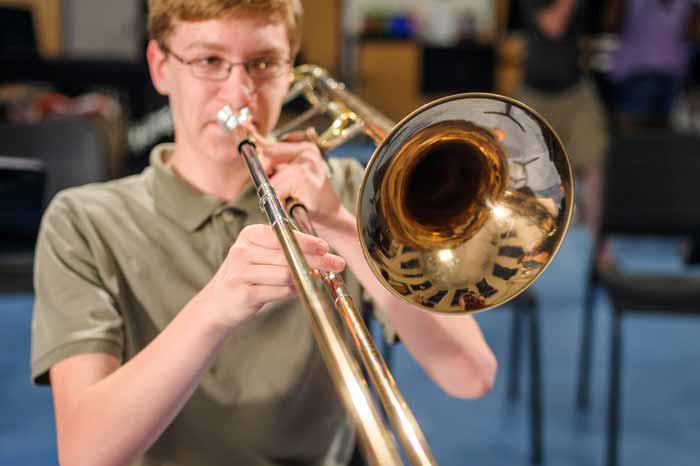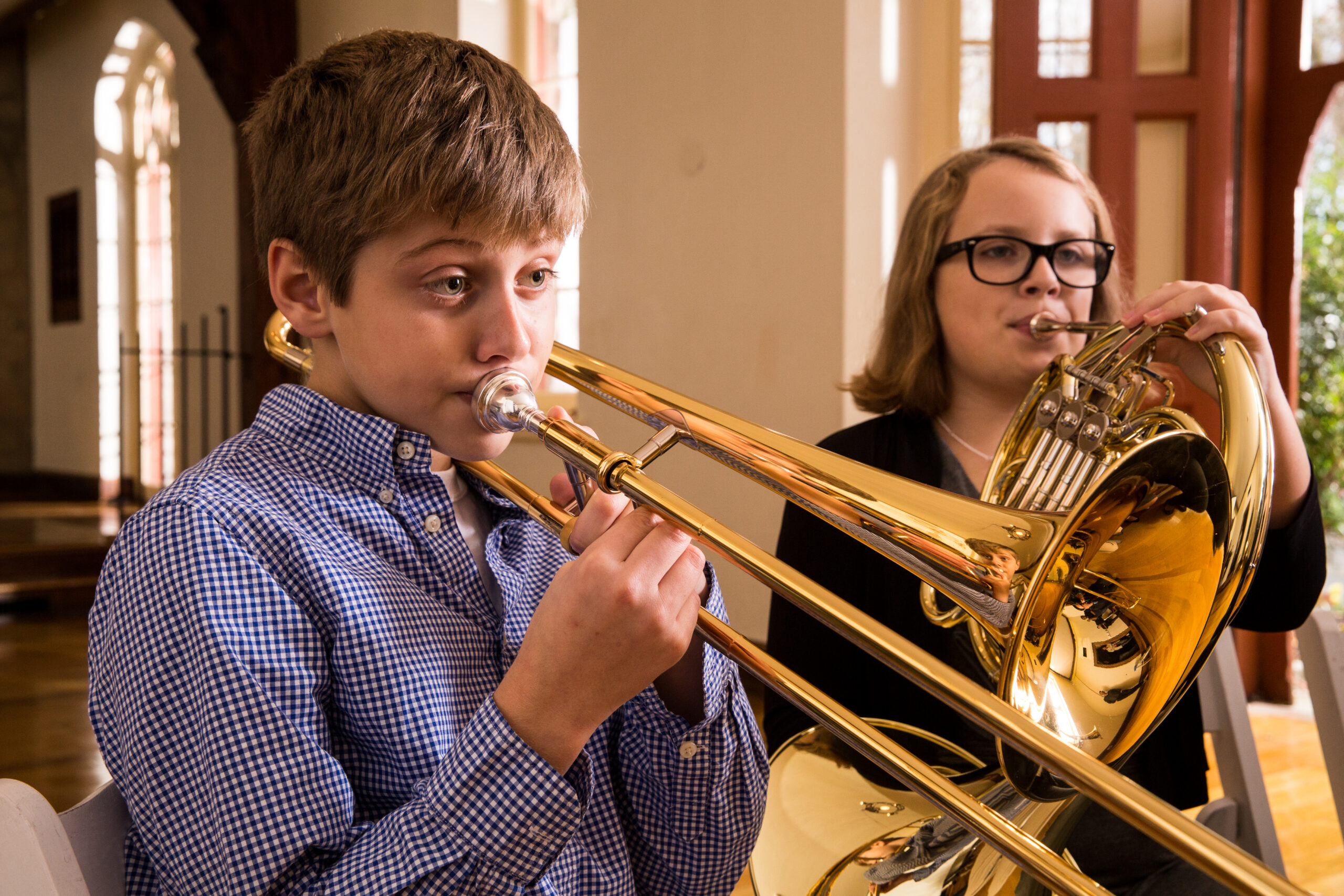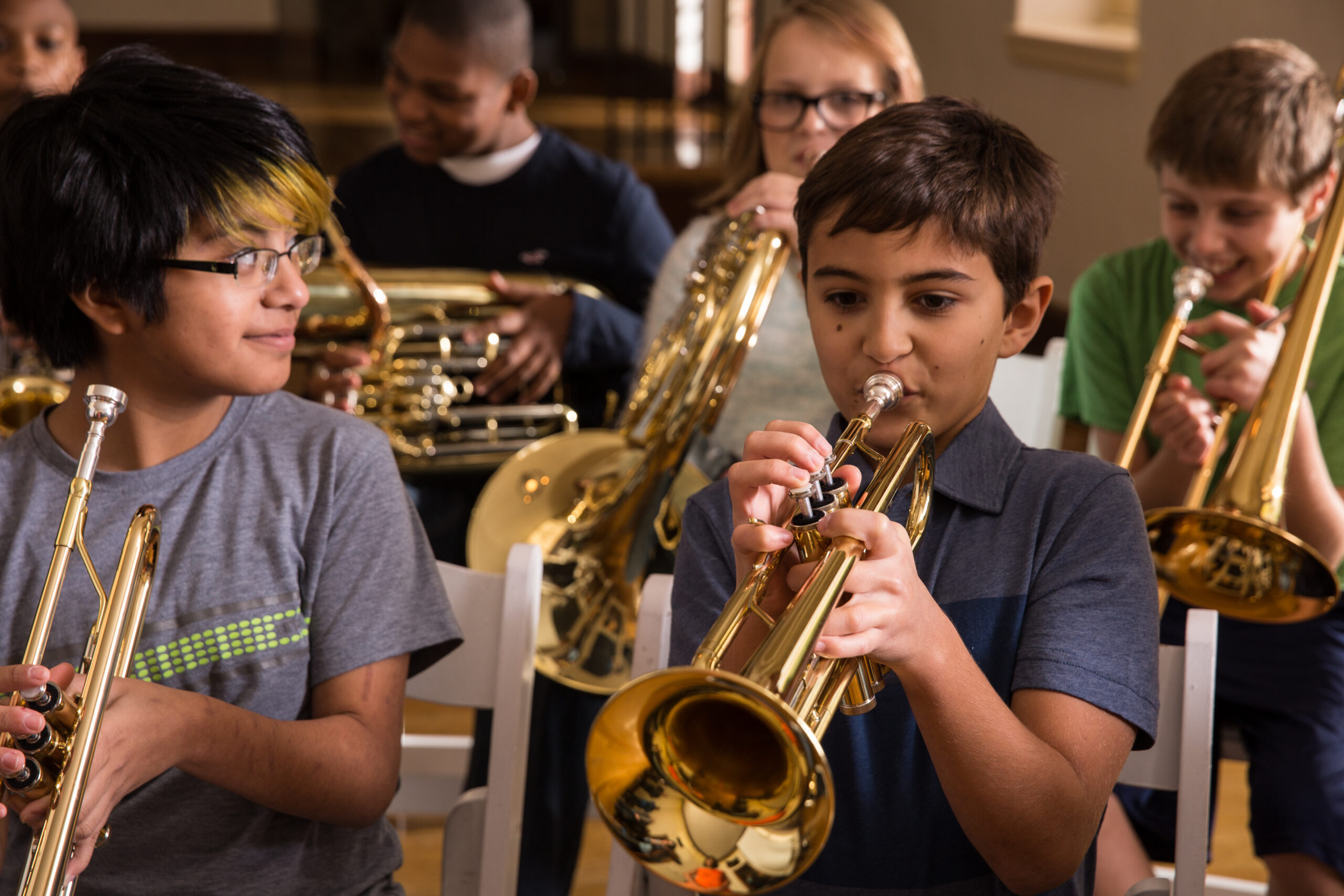July 29, 2015
Trombone Embouchure: Tips & Advice


In music, embouchure refers to the way in which a musician applies their mouth to the mouthpiece of a brass or wind instrument. Although embouchure is important to saxophonists, trumpet players, and other musicians, for the sake of this article we’ll focus on the trombone. What many trombonists don’t know is that there is more than one correct embouchure, ranging from high placement to low. In this article, we’ll provide some information about the most popular types of embouchure before getting to some common problems you may run into and how to correct them.
The Types of Trombone Embouchure
How to develop good trombone embouchure isn’t the first thing new trombonists think about. After all, things like proper posture and learning how to clean and maintain the instrument often take precedent. But, just because it isn’t at the top of a new trombonists priority list doesn’t mean it isn’t super important. With proper embouchure, a musician can actually improve airflow, which can help the musician reach the perfect note. Many factors can affect embouchure, ranging from how the trombonist uses air to tongue manipulation. There are three basic trombone embouchure techniques, and each produces a different sound, tone quality, and length of tone.
Technique #1: High Placement Embouchure
High placement is when the angle of the trombone is straight out or slightly turned down. To reach a higher range of notes, the player moves up towards the nose, and to descend the player pulls down. When it comes to lip placement (which is super important for all embouchure techniques on this list), the bottom lip should be in front of the lower teeth and the corners of the mouth should be kept firm as air is drawn in. High placement is the most common type of embouchure, and it’ll probably be the first one your teacher introduces you to.
Technique #2: Center Placement Embouchure
Sometimes referred to as mid-high placement, the player will have most of their upper lip in the mouthpiece except instead of pulling up, they center. Although the placement may look similar, the key difference here is that instead of pulling up towards the nose like the player would with high placement, they pull the mouthpiece and their lips together down along the teeth to ascend. You may be wondering “ why would a trombonist choose center placement over high placement?” Most trombonists choose this over high placement for two reasons: it’s easier to develop a dark timbre with mid-high placement and flexibility is also easier.
Technique #3: Low Placement Embouchure
Last but not least is low placement embouchure–the least popular of the three. With the other two techniques, about 90% of the upper lip is inside the mouthpiece and, with low placement, the exact opposite is true–most of the lower lip is inside the mouthpiece and the horn is played at an angle that’s close to being straight out. Low placement provides a brighter tone and also makes finding higher ranges much easier. But, they can be oversensitive when practicing, making it one of the more difficult trombone embouchure techniques to master.
Jaw Alignment
Although the alignment of your jaw may vary slightly from technique to technique, trombonists should strive to have an even jaw alignment when playing their instrument–one where there is neither an overbite or an underbite. In most cases, this will require you to push your lower jaw forward, ever so slightly, until your lower teeth match up with your upper teeth. As mentioned before, the proper alignment may vary slightly from technique to technique, so always heed the advice of your music teacher. Alignment can be tough for new trombone students to master, so don’t be surprised if your teacher focuses heavily on alignment before even moving onto techniques.
Problem #1: Biting Into Teeth
Many new trombonists develop the same bad habit early on–the habit of biting into their lower lip with their lower teeth. It’s not uncommon for new players to assume that the lower lip is a cushion into which their teeth can bite, but this can lead to problems down the line. As a general rule of thumb, the lower teeth should never touch anything. They should be as far away from the mouthpiece as possible at all times. Lip buzzing exercises are a great way to fix this problem, as well as using a mirror to see how your lips, chin, and mouth look while playing.
Problem #2: Heavy Mouthpiece Pressure
If you’re putting a lot of pressure on your lips it can restrict blood flow and tire out your lips more quickly. Contrary to what you may think, excessive pressure won’t enable your playing–it actually has the opposite effect. To help correct this problem before it becomes a habit that’s hard to break, always be sure to do your warm-up exercises before practicing. If your teacher hasn’t already taught you some warm-up exercises, ask him or her about lip buzzing and intervals. Both will help you strengthen your facial muscles and hit those higher registers more effectively.
Problem #3: Too Much Smiling
You might think you should have a smile on your face while performing, but doing so can actually cause the sound to be thin. Plus, it can have a negative impact on endurance and tone. Similar to the first problem, playing in front of a mirror can help you catch this problem before it becomes a major issue. Doing so will not only show you where you smile and pucker your lips but can help you differentiate between the two. Again, buzzing exercises will help prevent and/or correct the issue.
As you can see, there’s a lot that goes into proper trombone embouchure. From perfecting the techniques to keeping an eye out for problems, we hope you found this article helpful. For more information about the trombone check out What Are the Different Parts of the Trombone? and Trombone Mouthpieces: A Buying Guide. Want us to cover a specific subject? Let us know in the comments!







